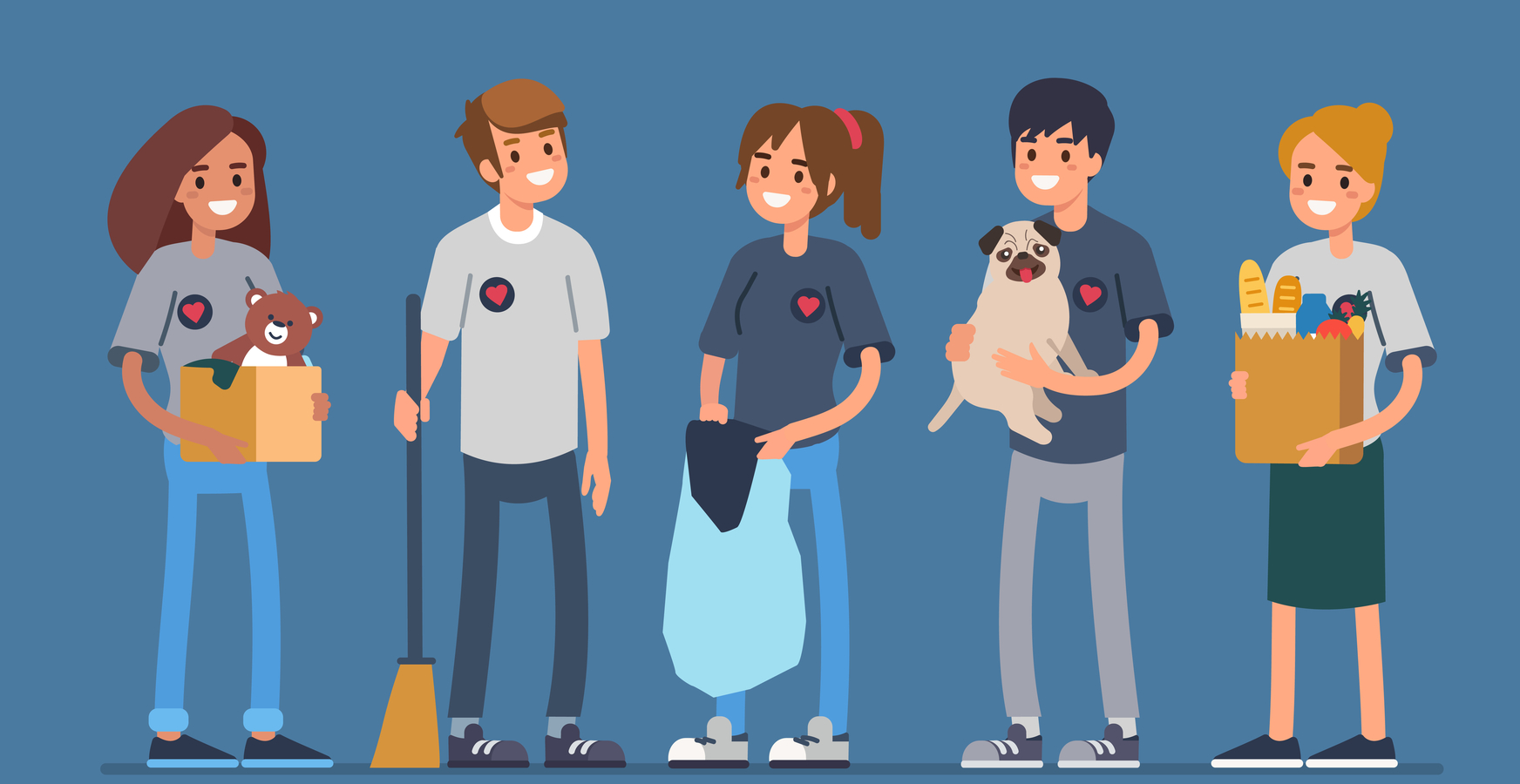I have found having a basic understanding of the complexity of pain has been really useful, if not vital, in terms of my acceptance of my condition, however understanding the complexity of pain on it’s own is not enough. Even more important for me has been applying that basic understanding of pain to MY condition, thereby understanding MY situation better. It is this improved understanding of MY condition that has enabled me to develop ways to better self-manage my pain.
For example, I had no idea at the beginning of my pain journey that negative stress had an impact on my overall pain levels, or that what I did during the day, or how I felt that day could possibly impact on my pain. Or that if my foot was even remotely cold then it would increase my symptoms. It’s obvious to me now that all these things would affect my pain, but to start with I lived in blind ignorance that they would. Once I started to understand all the different factors that were affecting my experience of pain I could start to work out how to optimise those factors in order to live the best life I can with pain.
I share here some of my journey to this understanding, and how this understanding has helped my persistent pain situation.

The Complexity of Persistent Pain – A Patient’s Perspective
In this chapter, I give a personal account of how a deeper philosophical understanding of causal complexity had a direct effect on my ability to understand and manage my experiences of chronic pain.
Click on the pictures to learn more about each strand
More Information

























